Tag: history
-

The farce is over …
The farce is over — the “idle and useless pageant” has gone by — the doll has been dressed, dizened, and exhibited — a host of gawping idlers have been gratified with a spectacle, while the madness of the moment has been improved by the political beasts of prey to the strengthening of their fangs…
-
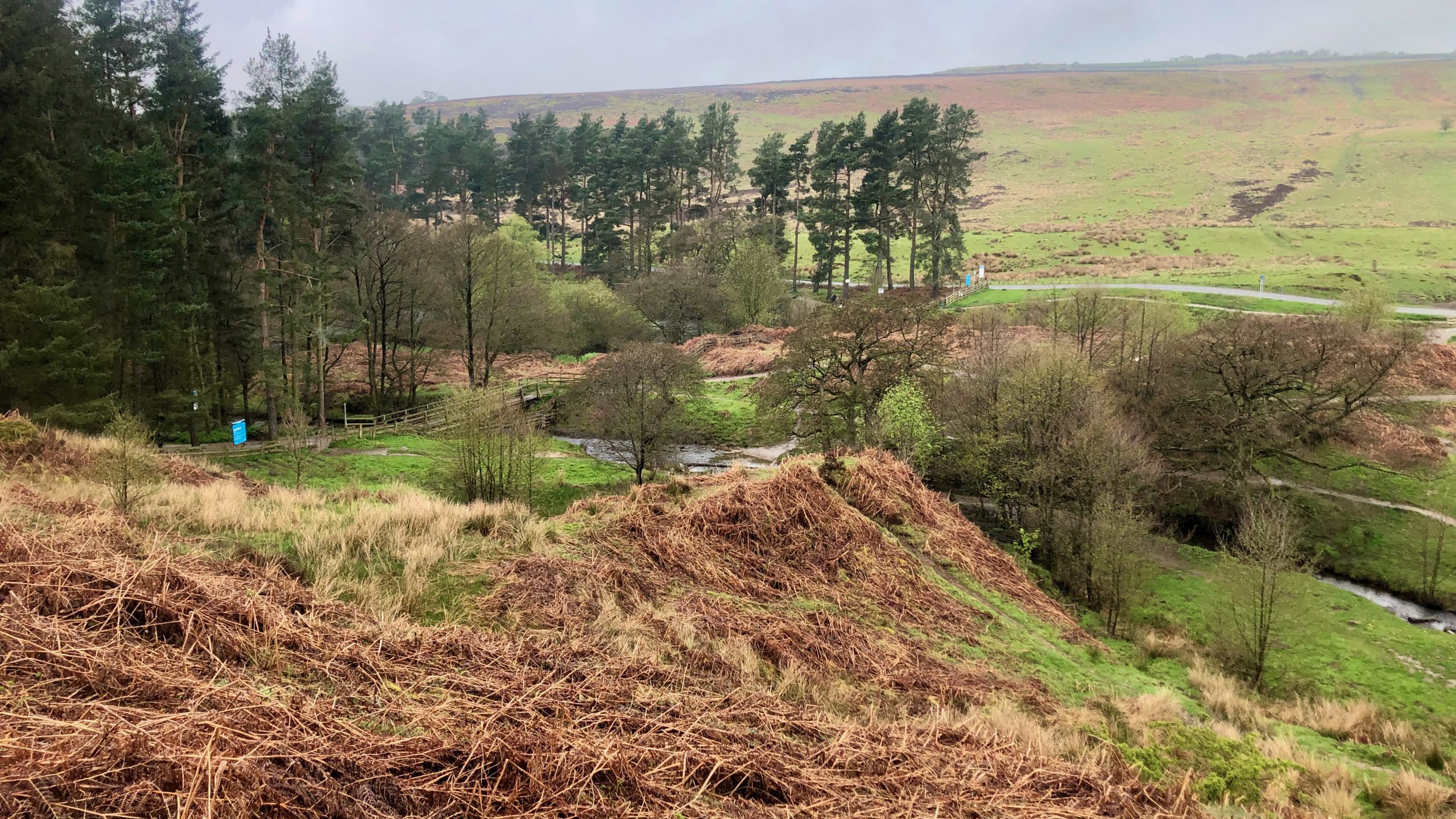
The forgotten High Dam at Cod Beck
In August 2021, in the aftermath of the Covid rules, I went on a guided walk led by a local historian to explore the history of Scarth Wood Moor. During the walk, the historian mentioned that the High Dam at Cod Beck had burst in 1857. According to my notes, a local farmer noticed the…
-
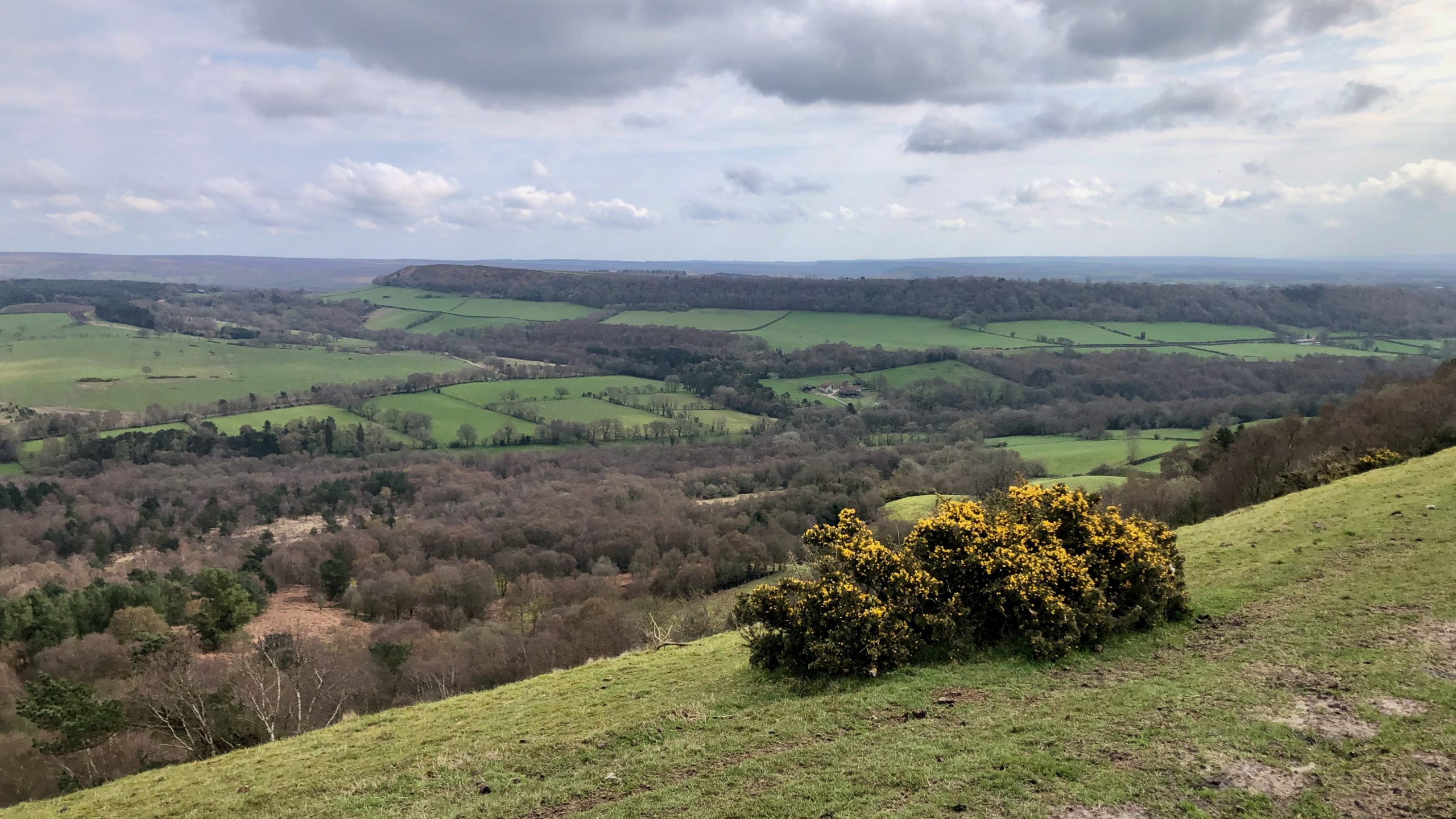
Joseph Foord: The man who brought water to Fadmoor and Gillamoor
This is Sleighthome Dale, which is drained by Hodge Beck. Bransdale is upstream and Kirkdale is downstream, but it’s unclear where one dale ends and the other begins. Across the dale, there’s a limestone plateau called Boon Hill, with the twin villages of Fadmoor and Gillamoor. In the 18th century, both villages had no easy…
-
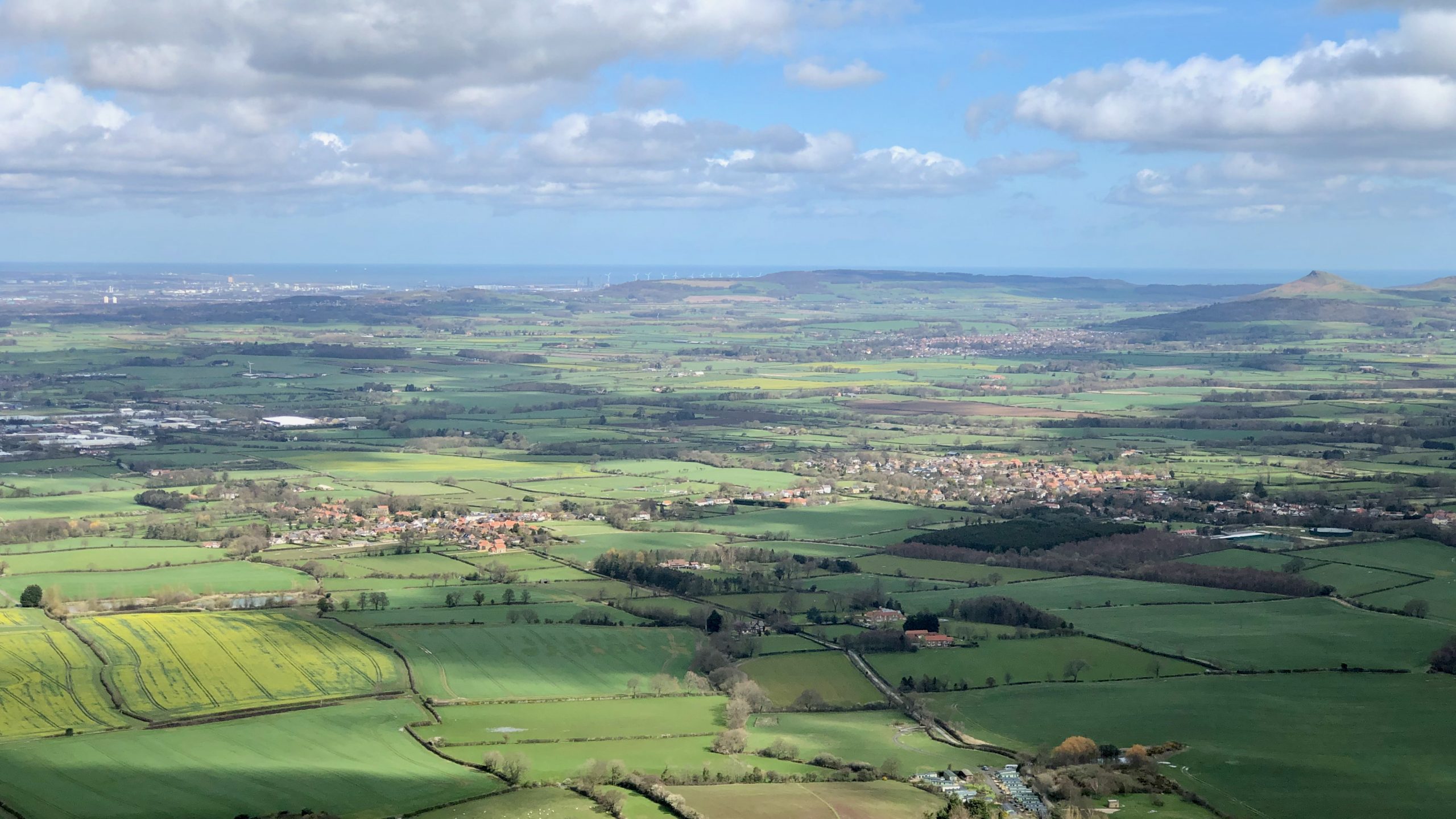
Two villages: “Cherchbi” and “Broctune Magna”
It’s been a windy day on Cringle Moor, but the sky has been clear. The moving clouds created a beautiful display of shadows over the vale of Cleveland. I could see below me the villages of Kirkby-in-Cleveland and Great Broughton, both of which were mentioned in the Domesday Book. Kirkby-in-Cleveland was referred to as “Cherchbi”…
-
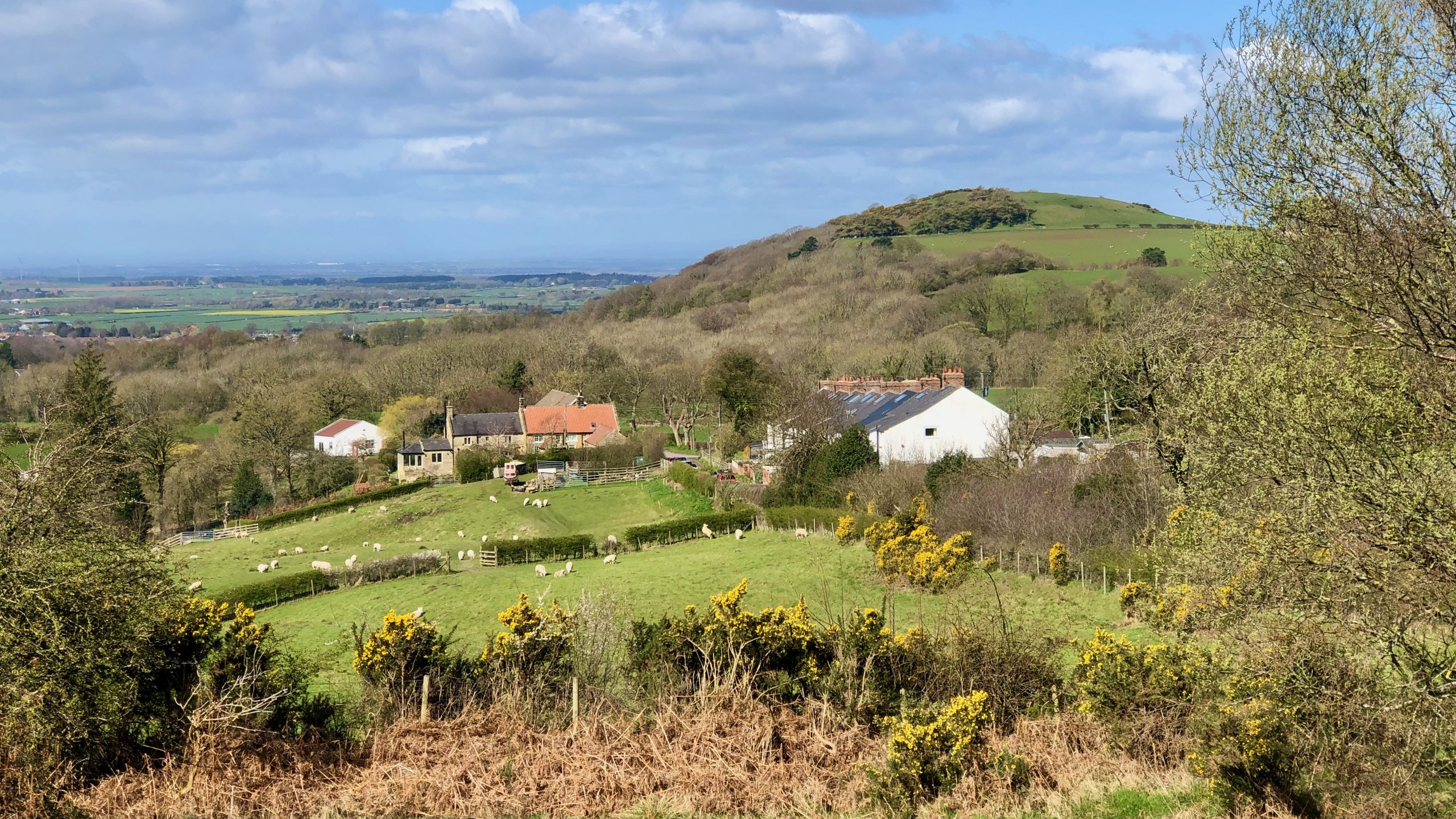
The Rise and Fall of Alum Production in Great Ayton
As I descend from Capt. Cook’s Monument, approaching Gribdale Terrace, the former whinstone quarrymen’s cottages gleam white, with Cliff Rigg rising behind them. Before me, in the centre of the photo is a range of sandstone buildings mapped as Bank House Farm on the 1853 OS Six-inch map, but an auction advertisement in the Yorkshire…
-
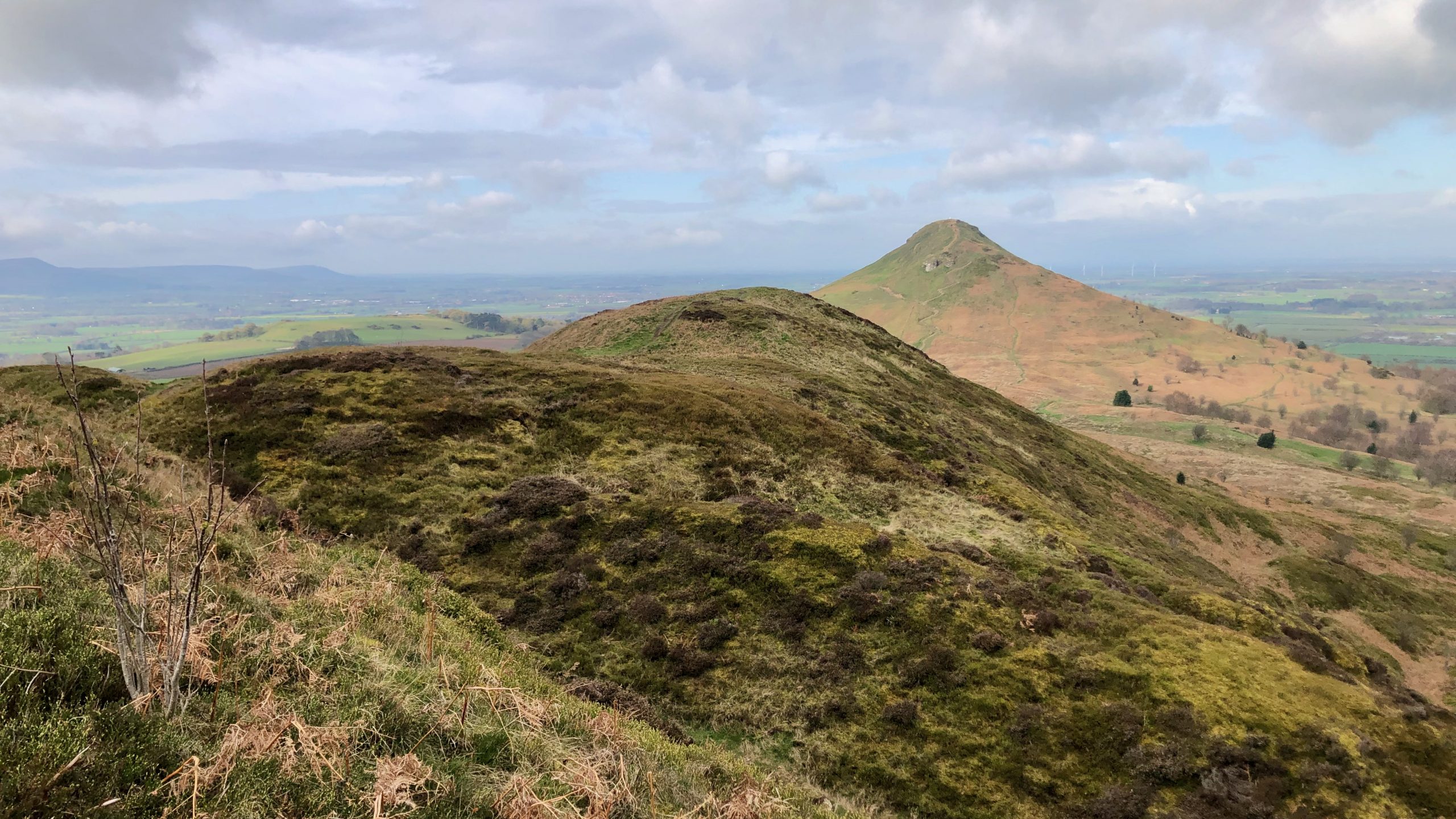
W.T. Stead and the birth of tabloid journalism
On this day, April 10th, 1912, the luxurious liner Titanic embarked on its maiden voyage from Berth 44 at the White Star Line dock in Southampton, with the destination of New York. A total of 920 passengers were on board, comprising 179 First-Class, 247 Second-Class, and 494 Third-Class passengers. Among the First-Class passengers was William…
-
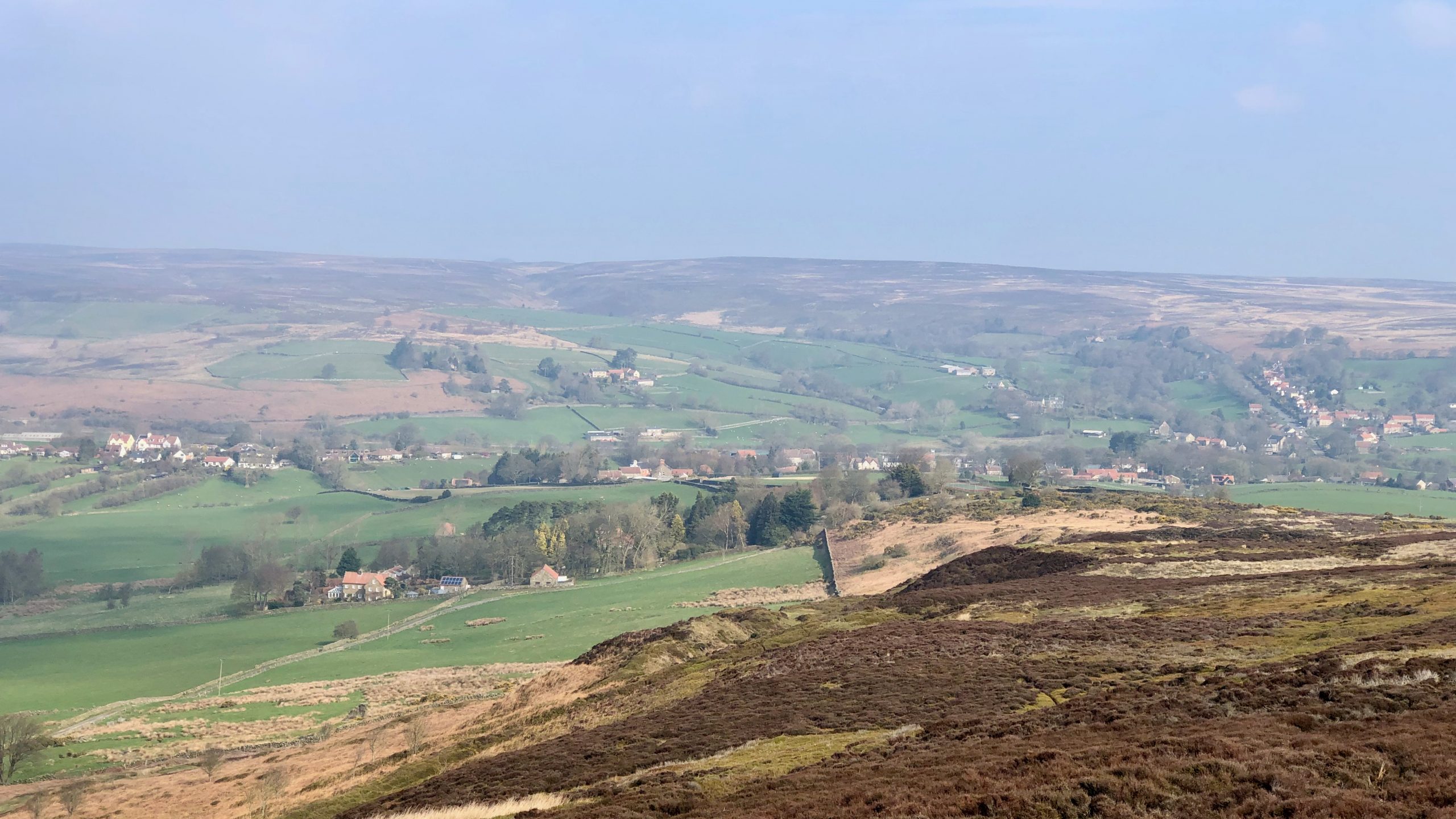
Nan Hardwicke — Witch or Hare? The Folklore of Cleveland
There are very few Cleveland villages which, at one time or another, one of the inhabitants had not been stigmatised as a witch. More often than not, it was some lonely old woman, past her childbearing age, probably widowed but more than likely without any degree of patriarchal protection. The most celebrated of these witches…
-
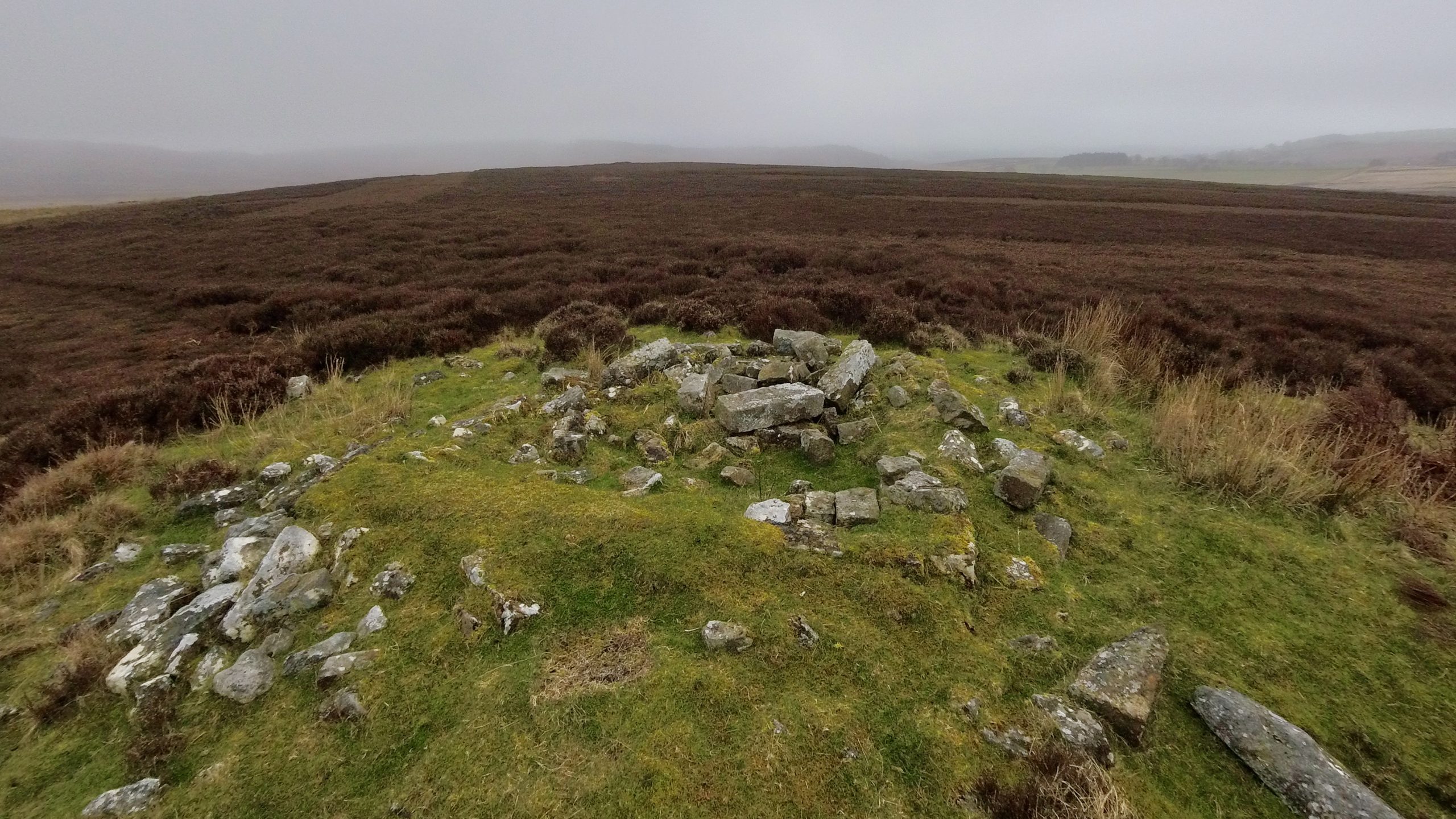
Miley Pike
Miley Pike is a type of prehistoric round burial mound that was built during the Late Neolithic period to the Late Bronze Age. These mounds are located in important positions throughout the North York Moors and are an important part of the area’s historical landscape. Round barrows are ancient monuments that were used for burials.…
-
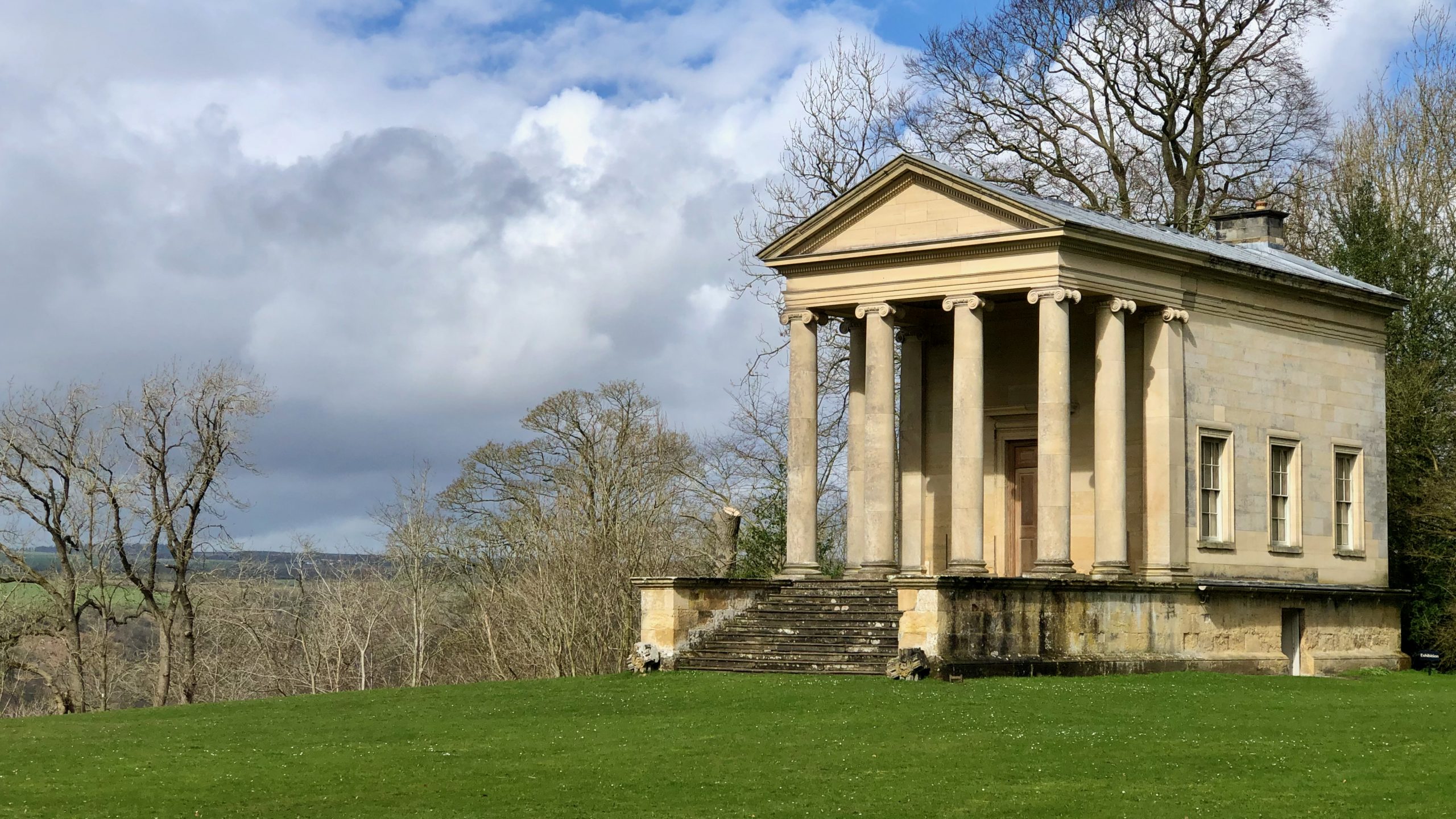
The Ionic Temple, Rievaulx Terrace
They say that things often come in threes, and that certainly seems to be the case for me this week, as I have encountered the Duncombe family for the third time. In 1687, a nouveau riche banker named Sir Charles Duncombe purchased the Rievaulx and Helmsley estates for the staggering sum of £90,000. He was…
-
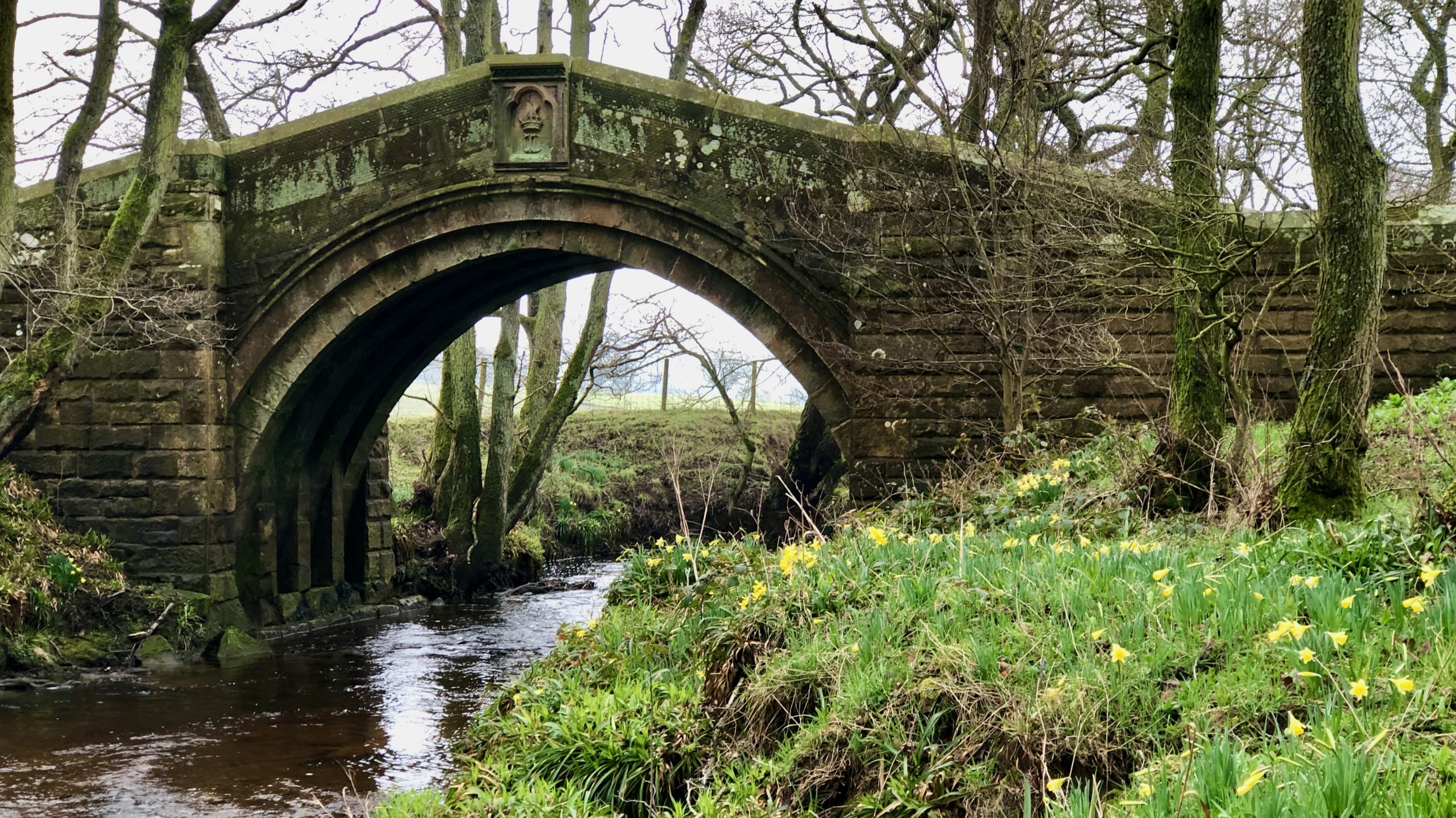
Hunter’s Sty Bridge
The River Esk has a few single-arched bridges, but the best one is probably the Hunter’s Sty Bridge. It’s located at the bottom of Huntersty, the ‘steep path of the hunters,’ just past the northern end of Westerdale village. Hunter’s Sty Bridge was most likely built in the late 13th century to provide access to…